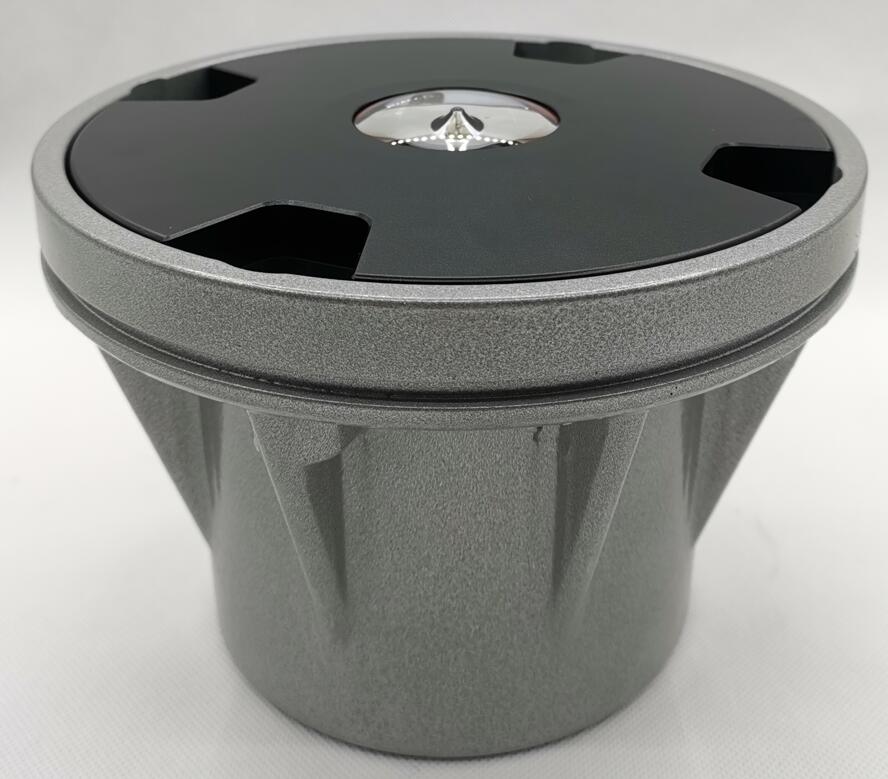Helicopter Pad Lights: Illuminating Safe Vertical Operations in Modern Aviation
As helicopter operations expand across industries—from emergency medical services to offshore energy— helicopter pad lights have become critical for ensuring safe landings and takeoffs in all conditions. These specialized lighting systems provide visual guidance that enhances situational awareness for pilots, particularly during nighttime, adverse weather, or complex urban environments. This article examines the technology, standards, and innovations shaping today's helicopter pad lighting solutions.
Core Functions of Helicopter Pad Lights
Modern systems serve three primary safety purposes:
Perimeter Definition
Outline landing area boundaries
Identify obstacles and hazards
Provide spatial orientation

Approach Path Guidance
Indicate optimal descent angles
Mark touchdown points
| Helicopter Pad Lights |
Highlight wind direction
Operational Status Communication
Signal pad availability/restrictions
Warn of surface conditions
Integrate with air traffic systems
Technology Breakdown: Key Lighting Components
1. LED Floodlighting Systems
High-intensity white lights for general illumination
Adjustable brightness controls
| Helicopter Pad Light |
Glare-reduction optics
2. Elevated Perimeter Lights
Omnidirectional red/white fixtures
Frangibility for obstacle safety
Self-levelling mechanisms
3. Touchdown Zone Indicators
Green centerline markers
Precision-aligned arrays
Depth-perception enhancements
4. Wind Direction Systems
Tetrahedral visual indicators
Illuminated wind cones
Automated alignment with weather data
Aviation Compliance Standards
Helicopter pad lights must meet stringent requirements:
FAA AC 150/5390-2C (U.S. heliport design)
ICAO Annex 14 (International standards)
CAP 437 (UK offshore helidecks)
Local aviation authority regulations
Critical certification aspects include:
Light intensity and color specifications
Failure redundancy requirements
Emergency power provisions
Emerging Innovations
1. Adaptive Lighting Systems
Automatic brightness adjustment for visibility conditions
Weather-responsive activation
Pilot-controlled settings via radio
2. Smart Helipad Integration
IoT-enabled performance monitoring
Predictive maintenance alerts
Remote diagnostics capabilities
3. Sustainable Solutions
Solar-powered standalone units
Energy-efficient LED matrices
Recyclable material construction
Specialized Application Environments
Urban Hospital Helipads
Limited-space configurations
Noise/light pollution mitigation
Multi-pad traffic management
Offshore Platforms
Saltwater corrosion resistance
Motion compensation for floating decks
Marine growth prevention
Military Operations
NVIS compatibility
EMI/RFI shielding
Rapid deployment systems
Installation and Maintenance Considerations
Best practices include:
Site-specific photometric studies
Modular designs for easy servicing
Vibration-resistant mounting
Preventative maintenance schedules
Future Development Trends
Enhanced Human Factors Engineering
Biometric pilot response optimization
Reduced visual fatigue designs
Advanced Materials
Self-healing protective coatings
Ultra-lightweight composites
Digital Integration
AR overlay compatibility
Drone traffic coordination
Helicopter pad lights represent a vital intersection of aviation safety technology and human factors engineering. As vertical lift operations increase across industries, these systems continue evolving to meet more demanding operational environments—from urban rooftops to rolling offshore platforms. The next generation of smart, sustainable, and pilot-centric lighting solutions will further enhance safety margins while reducing operational complexities. By adhering to rigorous standards while embracing technological innovation, helicopter pad lighting systems will remain foundational to safe vertical flight operations worldwide.
Their ongoing development reflects the aviation industry's commitment to enabling safer, more efficient rotorcraft operations in an increasingly three-dimensional transportation landscape.
